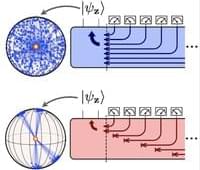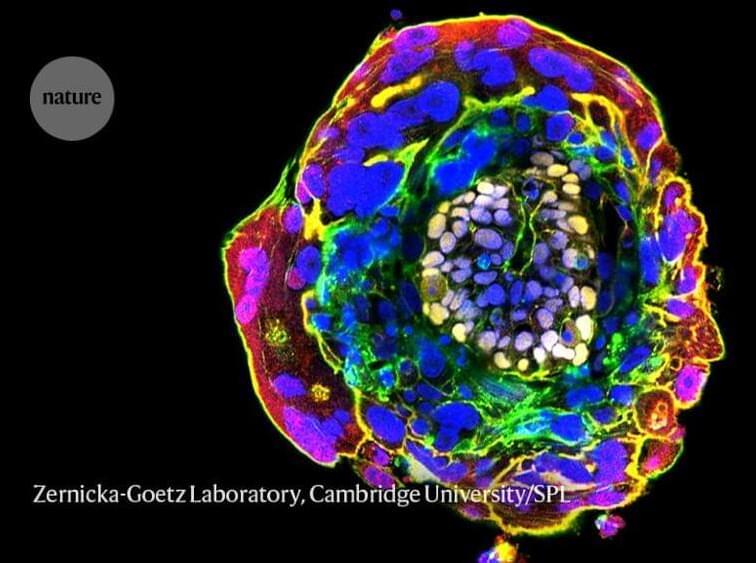Open-source Code Llama program is meant to challenge generative AI models from OpenAI, Google and others, report says.



Dr Kathryn Mumford is an Associate Professor in the Department of Chemical Engineering at the University of Melbourne, specialising in separation processes in ion exchange, solvent absorption and solvent extraction technologies. In collaboration with industry, her recent research has pioneered a more efficient, greener process to produce lithium carbonate.
Dr Mumford leads the Sustainable Resources platform, which focuses on research to support the transition to green energy, reduce environmental impact and develop smart mining and processing. Here, she discusses how the platform is tackling the industry’s greatest challenges, and the role the sector will play in decarbonising the world.
I’ve been thinking about sustainability and environmental health throughout my whole career. I saw the consequence of waste and was compelled to develop ways to reduce its impact. My PhD was around environmental clean-up, specifically cleaning up tip sites and fuel spills at contaminated sites in Antarctica – I’ve since been back to Antarctica seven times on clean-up missions.

According to the video’s description, “every year: 16,915,140 drivers are pulled-over in traffic. 195,078 motorists have physical force used on them, and 4,488 officers are assaulted. 89 of those motorists die, and 11 of those officers die.”

Hundreds of elders are using an AI-powered robot to combat their loneliness — and it appears to be offering companionship to one New Yorker getting daily breast cancer treatments.
Priscilla O’Kesson, a 77-year-old, told Spectrum News she has been using ElliQ, an AI-powered robot made by Israeli startup Intuition Robotics, to keep her company at her home in a town in Greene County called Catskill.
The AI-robot, designed to help older adults age on their own, uses voice commands and on-screen instructions to talk to and interact with users in real-time. ElliQ can conduct daily check-ins, act as a personal trainer, play games to stimulate the brain, and track their wellness goals, according to the robotics company.


Group A streptococci are one of the most common pathogens that humans are exposed to, and they can cause infections with a wide range of severities, from mild rashes and sore throats to flesh-eating and systemic infections that can be fatal. The number of these infections is also on the rise, although the reasons are unclear. Now researchers have learned more about why these pathogens can be mild in some people, and hit others hard. The findings have been reported in Nature Communications.
Scientists suspected that some interaction between a person’s genetics and the bacterial pathogen could be leading to such varied outcomes, said study co-author Fredric Carlsson, a researcher at Lund University.

The National Institute of Allergy and Infectious Diseases (NIAID), one of the largest institutes in the National Institutes of Health (NIH), part of the Department of Health and Human Services (HHS), conducts and supports basic and applied research to better understand, treat, and ultimately prevent infectious, immunologic, and allergic diseases. The Bacterial Pathogenesis and Antimicrobial Resistance Unit (chief John Dekker) in the Laboratory of Clinical Immunology and Microbiology in the Division of Intramural Research (DIR) within NIAID seeks candidates for a postdoctoral fellowship position in microbial genomics.
This position will offer a unique opportunity to work at the intersection of pathogen genomics, systems biology, and clinical infectious diseases. The lab uses a variety of genomics, transcriptomics, metabolomics, imaging, and molecular approaches to study bacterial pathogens and antimicrobial resistance, with a focus on intra-host evolution in the context of infection. Access to state-of-the-art short-and long-read sequencing, metabolomics, optical, and computational resources is available. See more information about the Bacterial Pathogenesis and Antimicrobial Resistance Unit under chief John P. Dekker and an example of their recent work.